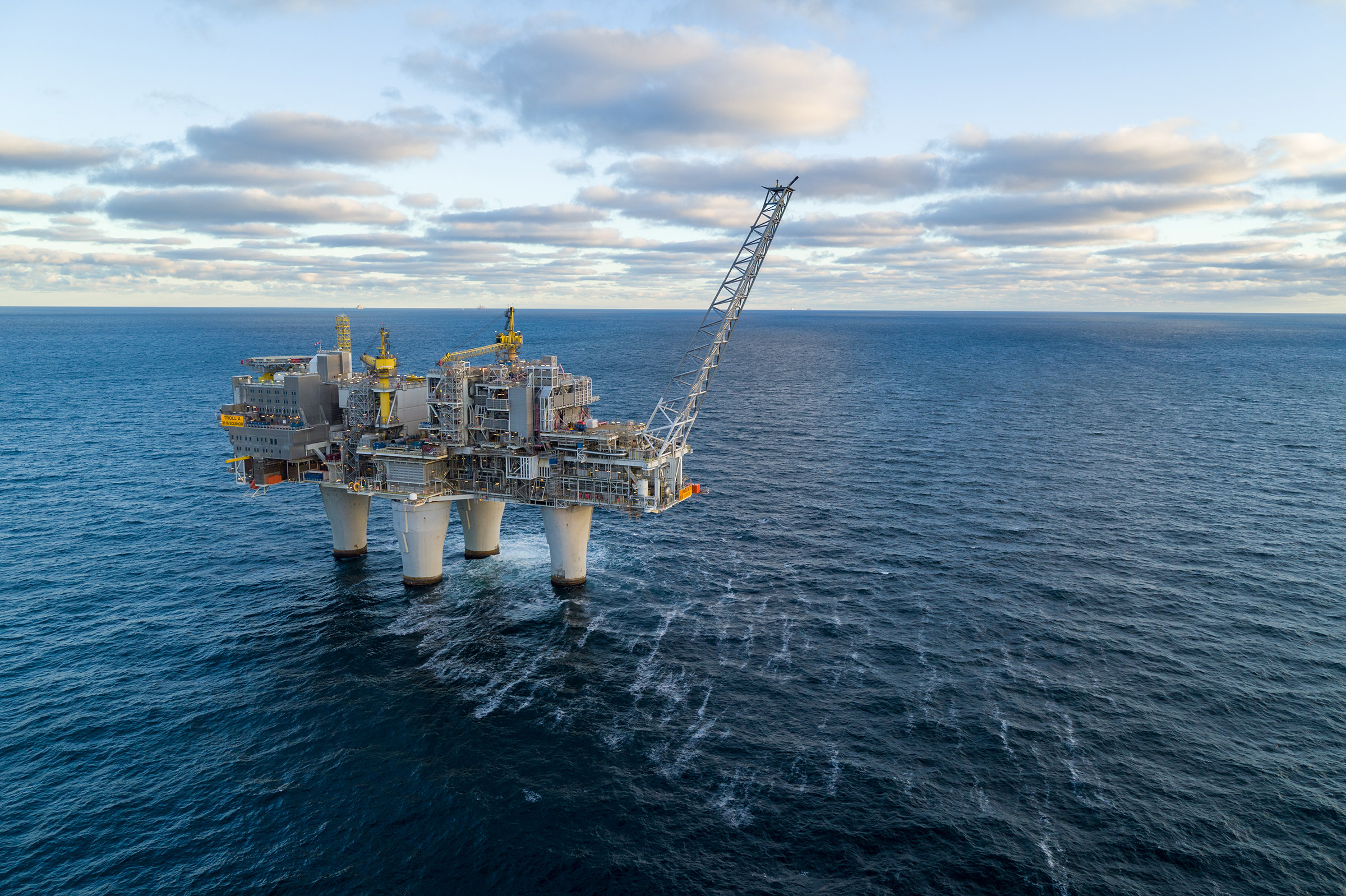To be an oil company in 2021 is to stand at the edge of a precipice you helped build. Plans put in motion by Equinor, a Norwegian leader in petroleum and natural gas, model one possible path forward for energy giants weighing options amid a global push toward clean energy. Equinor is building two of the world’s largest offshore wind farms, including the first floating one to power offshore oil and gas platforms. Such investments are fueling a larger transition: the company pledges to achieve carbon-neutral operations by 2030, with a target of net-zero emissions by 2050, including from customers using its products. Executives’ bonuses are based in part on reducing CO₂ emissions per unit of energy produced, with a goal of reaching a rate less than half the global average by 2025. Even BP took notice; in September, the oil giant announced it would pay Equinor $1.1 billion for a 50% stake in two wind developments off the U.S. coast. But Equinor hasn’t left fossil fuels behind yet; it continues hydrocarbon exploration, like controversial projects in the Barents Sea, where it recently discovered an estimated 31 million to 50 million barrels worth of recoverable oil.
- Cybersecurity Experts Are Sounding the Alarm on DOGE
- Meet the 2025 Women of the Year
- The Harsh Truth About Disability Inclusion
- Why Do More Young Adults Have Cancer?
- Colman Domingo Leads With Radical Love
- How to Get Better at Doing Things Alone
- Michelle Zauner Stares Down the Darkness






